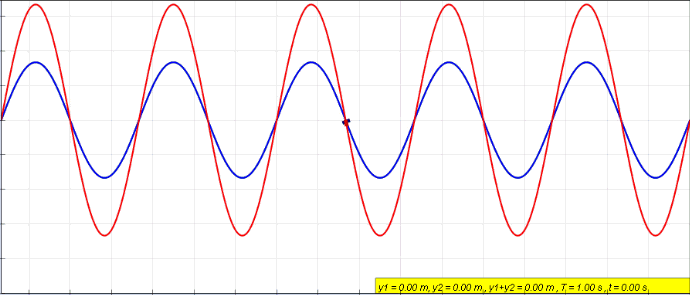Interference and Diffraction
In this article, we are going to study the phenomena of interference and diffraction. We will study about them in detail, and will also try to understand the differences between them.
 Table of Contents
Table of Contents- What is Interference?
- What is Diffraction?
- Difference between Interference and Diffraction
What is Interference?
Interference of light waves is a phenomenon that involves redistribution of energy due to superposition of waves. That is, no energy is lost during interference of waves – there’s only redistribution of energy between maxima and minima.
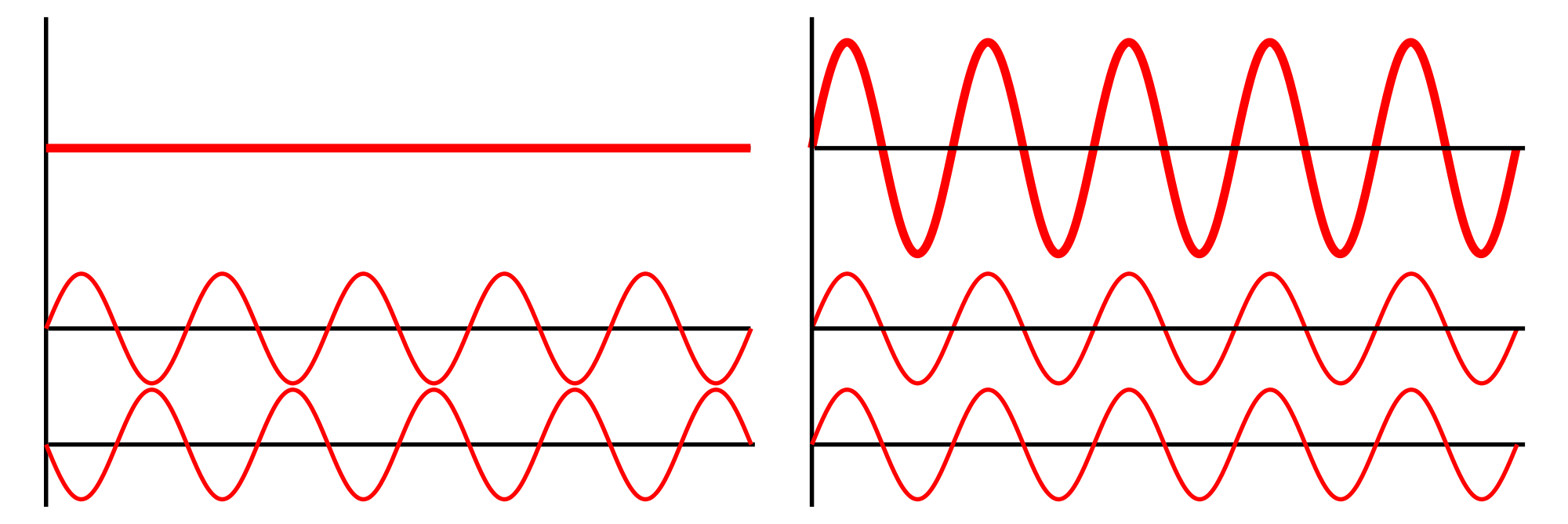
Interference is a fundamental characteristic of waves, i.e. all kinds of waves showcase this phenomenon and not just light waves.
- Constructive interference: Where waves interact with each other to form points of maximum intensity.
- Destructive interference: Where waves interact with each other to form points of minimum intensity.
Young’s Experiment
In 1801, Thomas Young conducted an experiment which later on came to be known as Young’s double slit experiment. This was the first time that phenomenon of interference was demonstrated experimentally. It convincingly proved the wave nature of light for the first time.
Now, let’s understand the setup of this experiment.
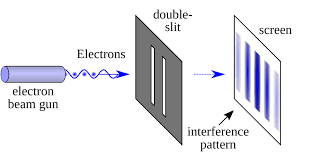
- There’s a ray of light (e.g. sunlight), or quantum beam (e.g. electrons), that is let inside a dark room through a small aperture or slit.
- The light ray falls on a dark screen, which has two small pinholes (or two slits) on it, through which light can pass further on.
- Thereafter a white screen is placed at some distance, on which the interference pattern is seen.
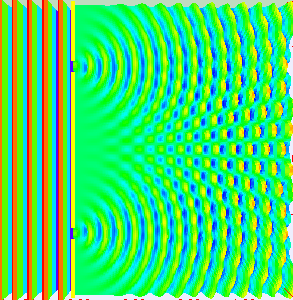
Basically, when the light emerges out of the two pinholes on the dark screen, these two light waves interfere with each other and create maxima and minima of intensity. This interference pattern is seen as bands of regularly placed light and dark lines on the white screen.
The creation of dark lines in Young’s double-slit experiment was the first clear proof that light added to light can produce darkness. It was expected by Young, as he believed in the wave theory of light.
Real life examples of Interference
- Kerosene oil spread on water showcases different colours on the surface due to interference of light.
- Soap bubbles showcase different brilliant colours in the sunlight due to interference of light.
What is Diffraction?
Diffraction of light is the bending of light wave around the corners of an obstacle or aperture. This is a phenomenon that is exhibited by all kinds of waves, and not just light waves. So, we get to see diffraction even in sound waves, water waves, matter waves, etc.
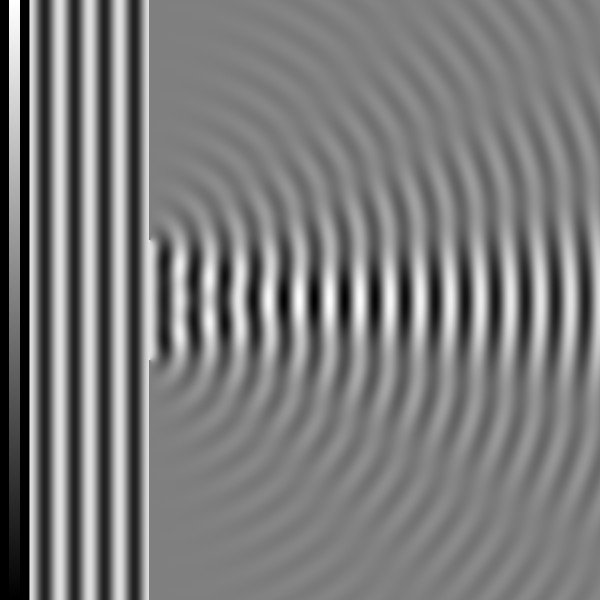
However, diffraction effects of light are not easily visible in our everyday life. That’s because wavelength of light is much smaller than the dimensions of most obstacles.
Real life examples of Diffraction
- In the shadow cast by an opaque object, we get to see alternate dark and bright regions (just like we see in interference pattern) close to the region of geometrical shadow. This happens because of diffraction.
- If you used to use computers before 2010, you must be aware of CDs and DVDs. These data storage disks also used to show a variety of colours due to diffraction effects.
- Phenomenon of diffraction limits the finite resolution of our eye or of optical instruments (e.g. telescopes, microscopes).
Difference between Interference and Diffraction
As per Richard Feynman, no one has ever been satisfactorily able to define the difference between interference and diffraction. (He said this during his famous Feynman Lectures on Physics.)
That’s because, there is no significant physical difference between these two phenomena. We call it interference or diffraction based on the use case.
- We prefer to use the term interference, if only a few sources (e.g. two interfering sources) are there.
- We prefer to use the term diffraction, if many sources are there.
